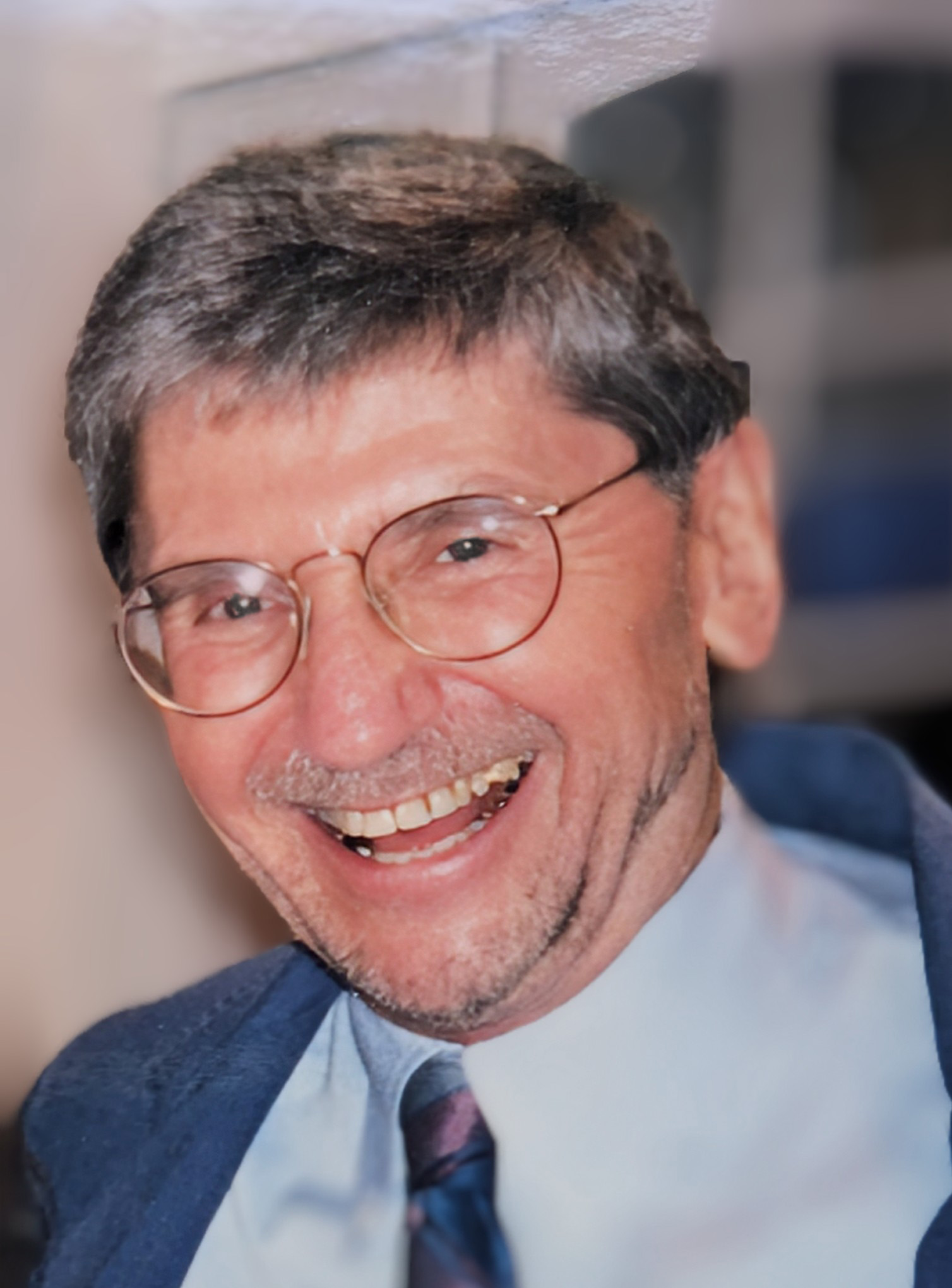Richard Folke Gustafson, Professor Emeritus in the Barnard/Columbia Slavic Department, died on May 5, 2024, in New York City. He was ninety. He received his BA from Yale in 1956 and his Ph.D. from Columbia in 1963. He was on the faculty of the Slavic Department at Barnard for over four decades and served in many roles (including department chair at Barnard, Director of Graduate Studies for Columbia Slavic). He was a masterful teacher, an inspiring mentor, and influential writer. Honors include a Barnard Teaching Award in 2001-2002, an ACLS Fellowship in 1969-1970, and an NEH Fellowship in 1976-1977. His expertise ranged from poetry, to prose, and to religious thought, from the nineteenth century into the twentieth.
His first book, The Imagination of Spring: The Poetry of Afanasy Fet (Yale University Press, 1966), drew on his dissertation and addressed both the philosophical themes and the artistic structures that animated Fet’s work. Those who took his poetry classes remember that he was brilliantly attuned to how form contributes to meaning.
In 1996, he published Leo Tolstoy: Resident and Stranger (Princeton University Press), a work with a tremendous impact on Tolstoy studies. As he examines the religious and philosophical dimension to Tolstoy’s writings, from beginning to end, Gustafson reveals the continuity from Tolstoy’s early through his late work and the interrelatedness of his fiction and his work in other modes. Gustafson’s work has been vital to the movement in Tolstoy studies to reckon with the whole Tolstoy.
Richard Gustafson was chosen to edit and to provide the introductions for the Oxford World Classics editions of three volumes by Tolstoy: Resurrection, The Kreutzer Sonata and Other Stories, and The Devil and Other Stories. (These all appeared in 2009, just before the centennial of Tolstoy’s death.) The translations, except for one of the stories, had been done, with Tolstoy’s blessing, by Louise and Aylmer Maude. Gustafson’s superb work on these widely read editions adds another dimension to his impact on how Tolstoy is read and appreciated in the 21st century.
Gustafson also was instrumental in the movement to make Russian religious thought a subject of academic study and scholarship at Columbia and beyond. Together with Judith Deutsch Kornblatt, he edited and, along with other scholars, contributed to Russian Religious Thought (University of Wisconsin Press, 1996), a collection of studies on writers active in the late 19th and early 20th centuries, in Russia and in the emigration, who treated religious and philosophical ideas from a modern, modernist, and/or post-modernist approach. In 1997, in his introduction to Boris Yakim’s translation of Pavel Florensky’s The Pillar and Ground of the Truth: An Essay in Orthodox Theodicy in Twelve Letters, Gustafson identifies Florensky’s view of “love as friendship” as the “lyrical center and culminating idea” of his work. And he also puts it in the context of a “reevaluation of love” that had been emerging in Russia. Gustafson notes that Florensky’s work broke new ground in Christian theology because it “place[s] same-sex relationship at the center of its vision.” He presents Florensky’s Pillar and Ground of 1914 as one that looks ahead to what is now known as queer theology. Gustafson’s last major project, unfinished, had as its working title Russia’s Prophet of Sophia: The Mind, Mask, and Mission of Vladimir Solovyov.
After his retirement, Richard Gustafson embraced new adventures. He learned Spanish, traveled widely, and spent long summer seasons in Maine. Spencer Means, Richard’s husband, died two years ago. His extended family, friends, and neighbors have been there for him.
All of us who knew Richard Gustafson at Barnard and Columbia—colleagues, former students, and others—cherish and honor his memory. And the impact of his work over the years, in the classroom, in conversations around the Slavic Department and at the Harriman Institute, at conferences elsewhere, and in print, continues.
